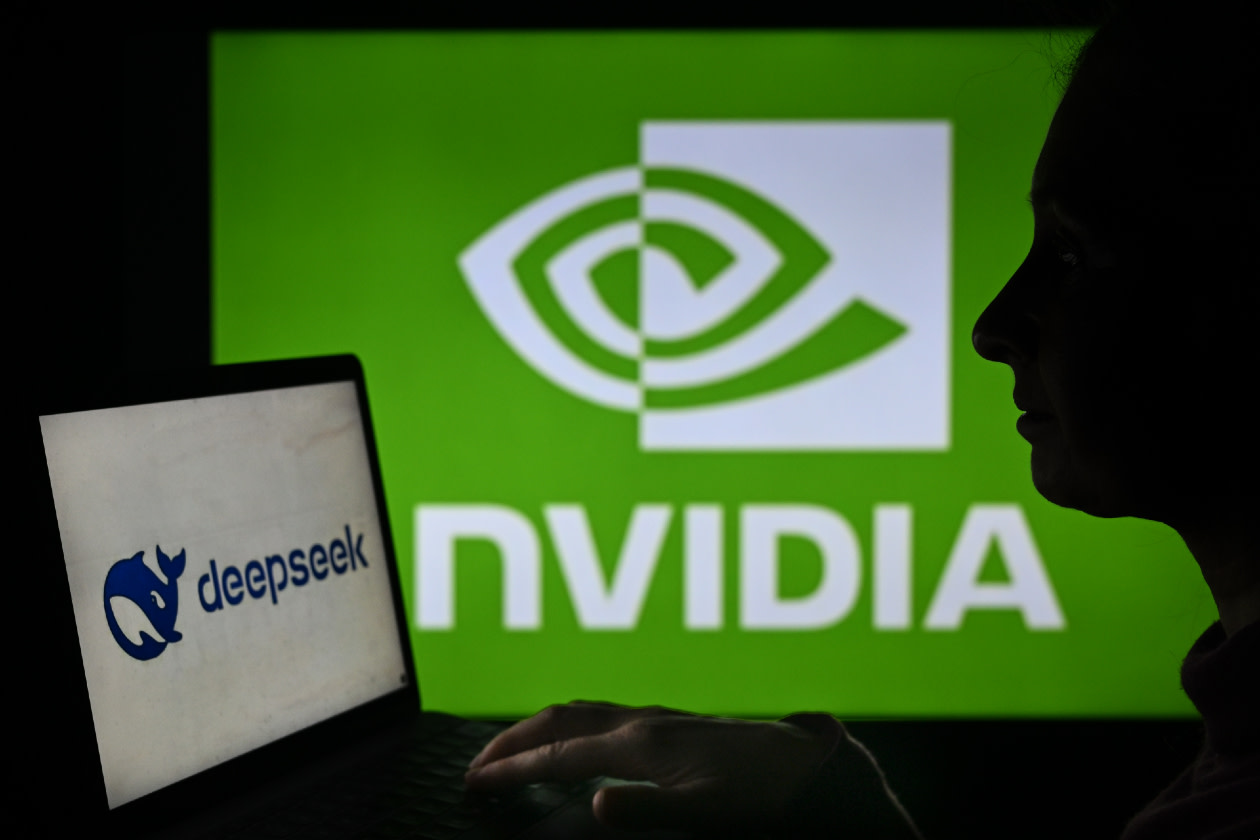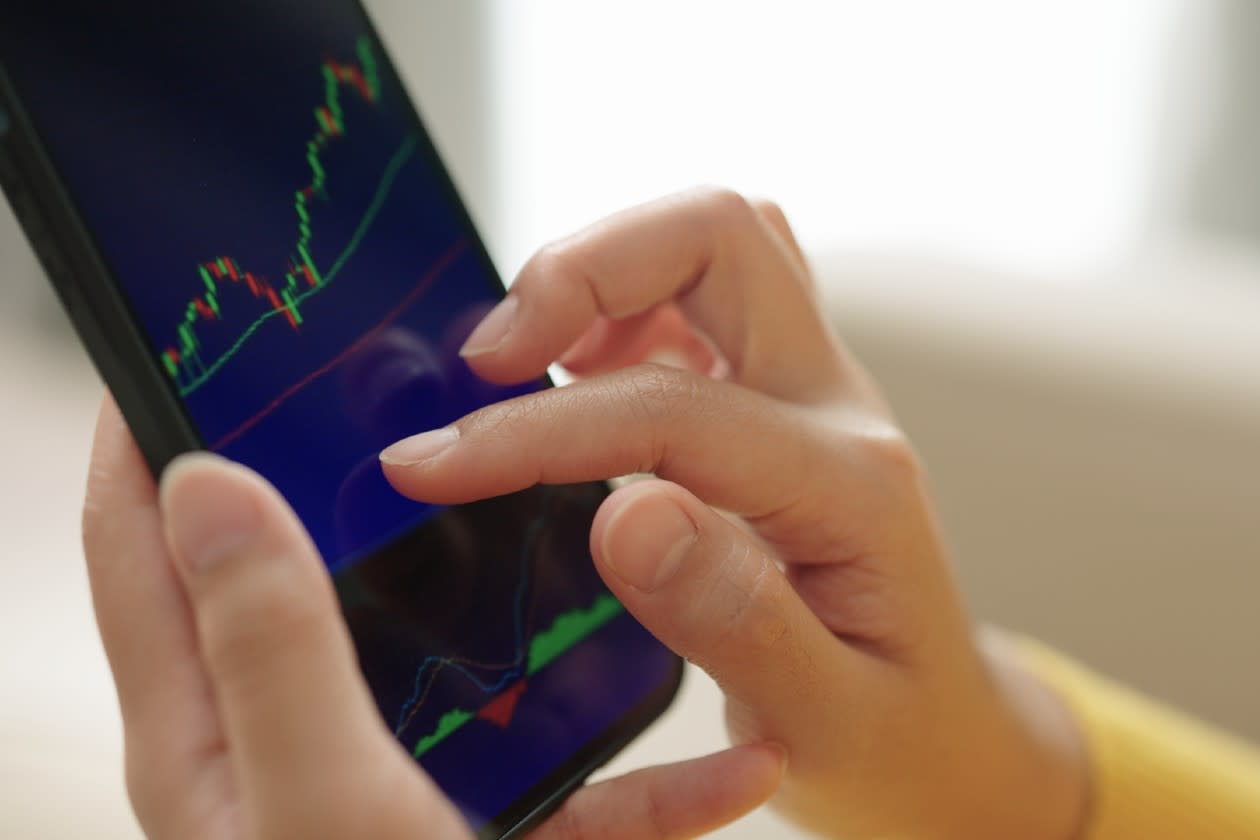Global markets are once again grappling with uncertainty and investors are having to weigh up a mix of political and economic challenges.
Donald Trump’s return to the political front in the world’s largest economy saw stocks soar, spearheaded by a new $500bn artificial intelligence (AI) investment, Stargate.
However, tech stocks took a tumble just a week later, bringing the wider stock market down with them.
The cause? News of a new ‘cheaper’ AI competitor from China, DeepSeek.

Investors will now be keeping an even closer eye on the upcoming earnings for the remaining ‘Magnificent 7’ companies over the next few weeks – mainly NVIDIA which is due to report on 26 February.
Zooming back out, further tension has stemmed from political fragmentation across governments like Germany, France, Canada and South Korea.
Interest rates are also still stubbornly high and the rate cuts we’d expected are no longer being priced in at an accelerated pace.
So, with stock market uncertainty still lingering, is now a good time to invest?
This article isn’t personal advice. If you’re not sure investing is right for you, ask for financial advice. Investments will fall as well as rise, so you could get back less than you put in. Remember, past performance isn’t a guide to the future.
Is there a right time to invest?
With this uncertain outlook, you’d be forgiven for shying away from investing.
However, if you know you can invest your money for at least five years, the daily ups and downs of the market don’t have to concern you as much.
You might have heard talk about ‘buying the dip’. This is where investors try to time the market and buy stocks cheaper when markets are down, selling them after they rise.
But this tactic is elusive and those that have seen overnight successes likely had luck in play more than any other factor.
Knowing the value of markets changes by the day and timing these gains and losses is impossible.
Warren Buffett, the billionaire investor renowned for his long-term investing style, once said, “the only value of stock forecasters is to make fortune tellers look good.”
I’ve invested for more than 15 years professionally and witnessed events like the global financial crash, the pandemic, the European debt crisis and more recently, the 2022 market sell-off.
Market crashes are a normal occurrence and if you try to avoid them altogether, you risk missing out on the better days.
For example, despite these market dips, the total return of the FTSE All-Share index over the last 20 years is still over 250%*. That figure over the last 10 years is 82.4%
However, if you’d missed the 10 best days in that 10-year period, your return would only be 20.3%.
In pounds, £10,000 invested could have become £18,240 versus £12,300 – although these figures don’t account for charges or inflation.
The compounding effect of missing out on a good day over long periods of time can be devastating to potential gains.
And probability shows that you’re less likely to make a loss the longer you stay invested.
How has the FTSE All-Share performed?
Why it’s always a good time to start investing
It’s clear that time in the market counts most for potential growth, so you don’t need to be as concerned about timing the market.
And that’s why you could argue that there’s never a bad time to start investing.
The key thing is to have patience and leave your money invested, checking in from time to time to make sure your investments are still in line with your goals.
After all, the legendary investor Charlie Munger said: “the first rule of compounding – never interrupt it unnecessarily”.
Investing isn’t about chasing a possible big win by taking bets on an unknown outcome.
It’s about protecting your assets and aiming to grow them steadily and consistently over the long term.
How to start investing in the stock market
Before you start investing, it’s important to prioritise clearing any debt and making sure you have enough money saved for emergencies.
But, once you’re in that position, you can invest as little or as much as you can. What’s important is being consistent.
This is where setting up a direct debit can help.
Investing by monthly direct debit can help the power of compounding by keeping up a regular contribution to your investments and takes the emotion out of investing.
Regularly investing £50 a month over 20 years could grow your investment to over £25,000, assuming you make a 7% return every year (not including charges or inflation).
If you started investing 10 years later, you’d need around £150 a month to get to that same end goal.
Meanwhile, keeping that money saved as cash, assuming a consistent interest rate of 3%, would leave you with a little over £16,000.
Not sure where to invest?
HL’s Ready-Made Investments are all-in-one investment portfolios, making it nice and easy to invest in the stock market.
There are four to choose from to match the level of risk you feel most comfortable with.
You only need to pick one of these funds to have a diversified investment portfolio.
HL’s experts will make the day-to-day investment decisions, so all you have to do is check in on your investment from time to time, to make sure it’s still in line with your goals.
Investing in these funds isn't right for everyone. Investors should only invest if the fund's objectives are aligned with their own, and there's a specific need for the type of investment being made. Investors should understand the specific risks of a fund before they invest.



